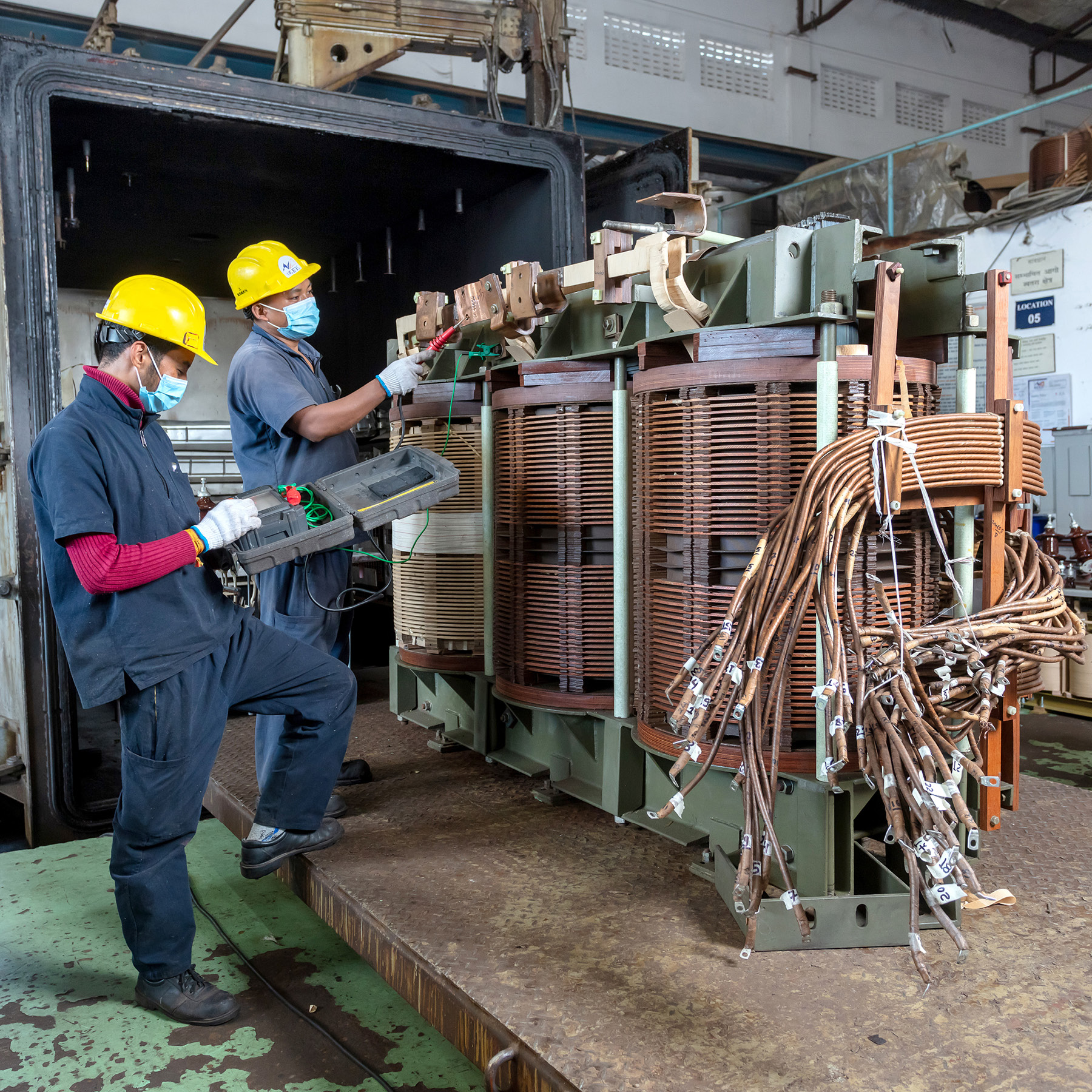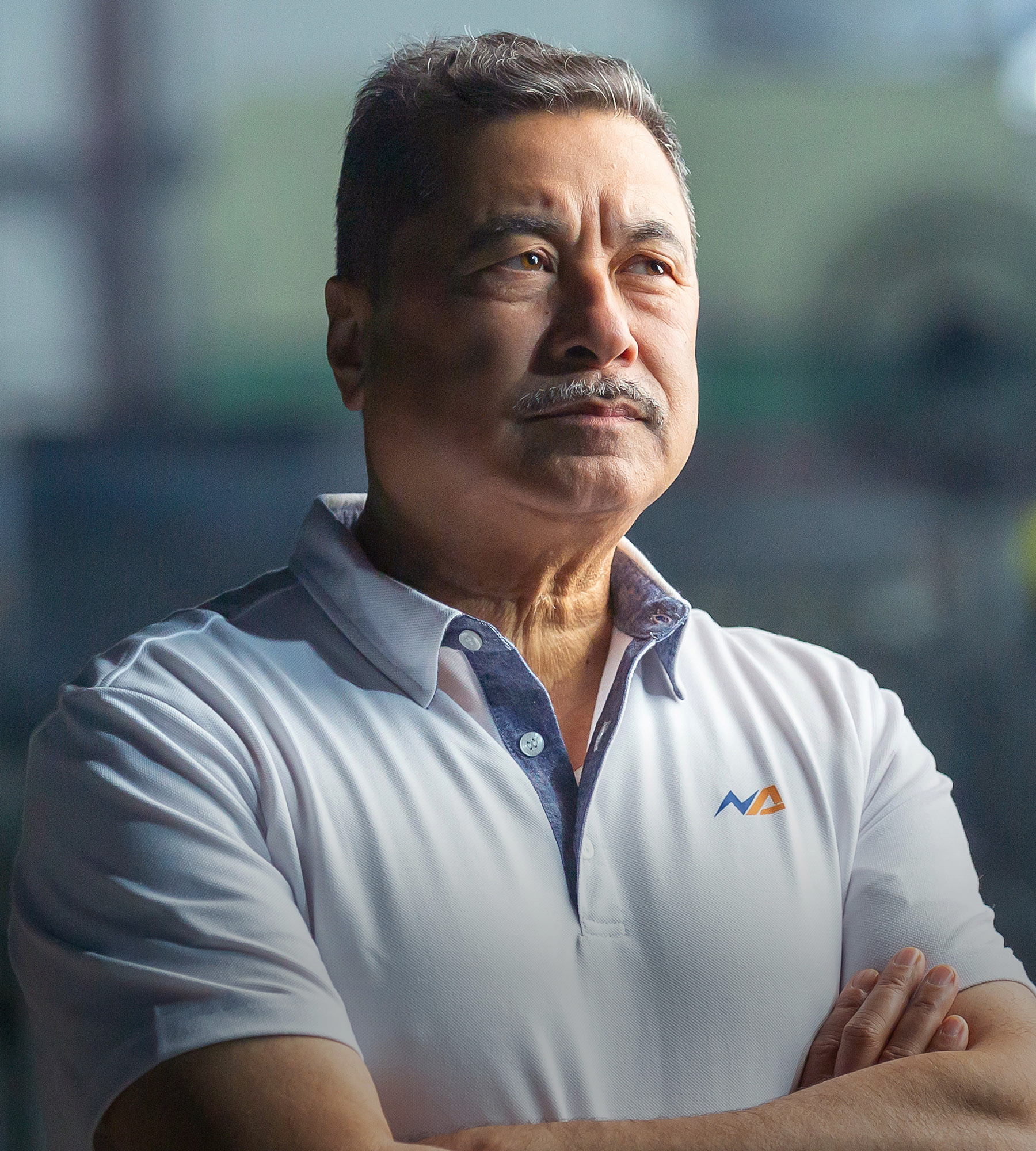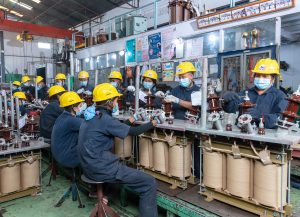Language
You can read the magazine in one of the following languages
There are over 6,000 rivers, tributaries and streams snaking their way across Nepal, making it the world’s second-richest country in terms of inland water resources.
The potential for generating hydropower is immense. Not only could the country comfortably provide electricity for its 30 million citizens, it could make a tidy sum by exporting the surplus to Bangladesh and India.
“Of course, Nepal doesn’t have the raw materials for making transformers and that fact made people hesitant, but we did have the engineering expertise to make up for it.”
It seems strange, therefore, that vast swathes of Nepal has no access to electricity or endures regular and prolonged power outages. Demand edges up by nearly 10 percent a year, but supply is failing to keep pace and a greater percentage of Afghans have electricity than Nepalese.
Throughout South Asia, much of the 1.7 billion population still isn’t connected to national grids, according to the International Finance Corporation.
Luckily, a string of hydro projects is underway to ease the problem, many of them set to use machinery equipped with transformers made in a surprising place – Nepal itself.
Nepal Ekarat Engineering (NEEK) has been manufacturing this machinery for over 30 years and is by far the country’s biggest producer. In fact, for most of its existence, it has been the only producer in a country not known for its high-tech industrial capabilities.
“People didn’t realize that Nepal was able to manufacture precision-engineered technical products like ours,” Co-Founder and Managing Director Kush Kumar Joshi tells The CEO Magazine. “It was known for agriculture and tourism, so we’ve changed a lot of attitudes and proved some people wrong.
“If people didn’t know Nepal had the technology and the engineering know-how, they do now!”
The company was formed by Joshi and another young entrepreneur, Ajay Kumar Mudbhari. At the time, both had witnessed how transformers had to be imported from India and China. For Joshi, they were something of an obsession.
“Being an electrical engineering student, I was always fascinated with machines that used transformers,” he recalls. “Without them, energy corporations can’t transmit the power that they’re generating to the end user.”
At the time, only 11 percent of Nepalese homes had electricity, but Joshi and Mudbhari knew that the number connected was set to rise exponentially.
“Nepal’s a very underdeveloped country, but we saw that our rivers and lakes had huge potential for hydropower, around 100,000 megawatts of potential, in fact. ” he explains. “Today, we only generate 2,000 megawatts so there’s another 98,000 that’s as yet untapped.
“Of course, Nepal doesn’t have the raw materials for making transformers and that fact made people hesitant, but we did have the engineering expertise to make up for it.”
To succeed, Joshi and Mudbhari knew they had to find a technology partner, and one firm in particular came to mind. Thai manufacturer and distributor Ekarat Engineering made high-quality products that were priced competitively.
“We conceived NEEK as a joint venture with Ekarat because it can call on a large degree of technological know-how from Germany, Israel, the United States and Japan. We found straight away that if we had quality workmanship to make a quality product we could survive and compete with other manufacturers around the world.”
They recruited two more businessmen, Prakash Kumar Shrestha and Ashok Shrestha, and NEEK was born. At first, it could only make 1,000 units a year, but today that number has reached 18,000 and the company has annual turnover is around US$50 million.

“We’re now the leading manufacturer of transformers in Nepal and people are believing that this country really can produce engineering products.”
“We’re now the leading manufacturer of transformers in Nepal and people are believing that this country really can produce engineering products.”
Despite this, Joshi isn’t about to rest on his laurels. “Up until now, we’ve made transformers that are up to 10,000 kilovolt-amperes, but we’ve been unable to assemble bigger ones. However, we’re expanding our product line so that it will become possible,” he confirms.
It’s an extraordinary story: two inexperienced entrepreneurs who had an idea that most of their associates thought was a huge risk. But they also had an insight and belief into how Nepal would develop that others simply hadn’t.
And with electricity use in the country set to rise four-fold, the potential is still enormous.

